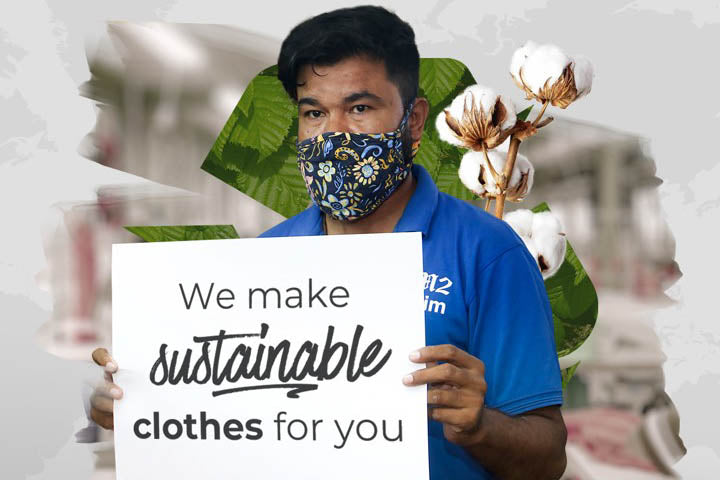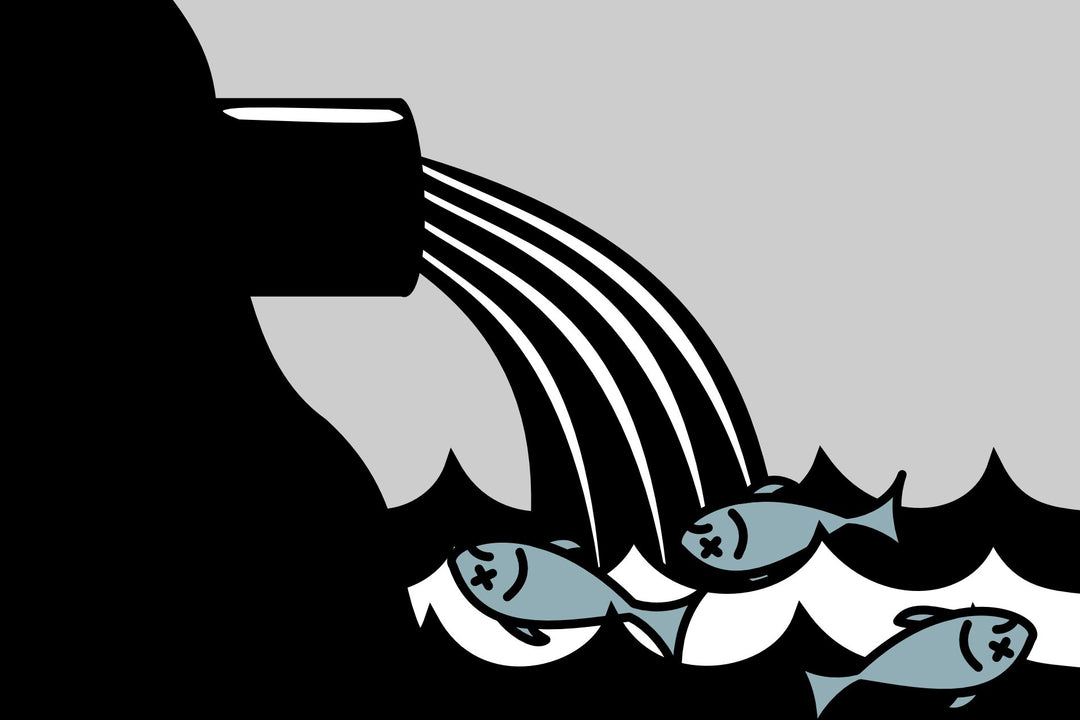Journal

We're all becoming more aware of our environmental footprint. Whether it's saying goodbye to single-use plastic or swapping our cars for a bike when commuting to work, we've all been trying to become more sustainable. As consumers, we're shifting our focus on buying eco-friendly and ethical products, with all of us becoming more informed about the need for industries to become responsible and incorporate sustainability within their supply chains.
We're taking a look at the United Nations 17 sustainability development goals and how the contemporary fashion industry can adapt to meet them.

Humans do not have a crystal ball and thus predicting future isn’t easy. However, given our unsustainable practices and with scientific calculations, we can predict with much certainty that deadly consequences for our planet are just on the corner.
We’re looking at a few of the unsustainable aspects of our lives and the cost that they’re having on our planet. With the help of IPPC’s latest report, we’re also taking a look at where our world could be in 30 years and how we can change that outlook.

In the past two decades, fast fashion has dominated every aspect of the fashion industry and changed our view of buying clothes. The industry is based on a quick stock overturn, mainly achieved through consumers buying many clothes and discarding them soon to buy new ones—havoc for the environment and sustainability.
We've created this overview of fast fashion's environmental impacts to help you understand how it massively contributes to climate change by turning garments into fashion waste.

The fashion industry largely relies on water for many of its activities. From watering crops to dyeing fabric, it would be near impossible to produce a garment without water.
However, considering how much this industry relies on water, it sure isn’t doing much to protect the water sources. Did you know that the fashion industry is responsible for 20% of all industrial water pollution in the world?

Plastic pollution is one of the most pressing environmental threats of the 21st century. We are only now finding out about the impact of our widespread use of plastic and unsustainable synthetic fibres in nearly every aspect of our lives – and the information is worrying, to say the least.
Besides visible plastic pollution, such as plastic straws, fishing nets or water bottles, our ocean is being contaminated with microscopic plastic pollution too – microplastics – which may be even more dangerous.



